Executive Personal Branding Strategy: Corporate LinkedIn Talent Development Guide

How Fortune 500 companies are losing top performers because they recruit LinkedIn-optimized talent while neglecting their own employees' career development.
In 2026, this will be a top priority for companies.
Googles push to clean up the internet by making E-E-A-T a prority will mean that content will have to be supported by professional evidence.
Website blog articles can no longer be written by ghostwriters.
Subject matter expertise must be backed up by The Corporate Paradox: Recruiting Stars professional backgrounds.
The Corporate Paradox: Recruiting Stars While Creating Invisibility
Every Fortune 500 company spends millions recruiting LinkedIn-optimized professionals. But most of these same companies have employees with LinkedIn profiles that look like they haven't been updated since 2015.
This isn't just an HR oversight. This is a strategic blind spot that's costing companies their best talent.
After 30 years of watching corporate talent dynamics, I've learned that the companies that invest in their employees' professional visibility retain the highest performers and attract the best industry talent. The companies that don't find themselves constantly recruiting replacements for people who should never have left.
Executive personal branding isn't vanity. It's strategic talent management. And most companies are failing at both the executive level and the employee development level.
Why Executive Personal Branding Determines Company Market Position
In knowledge-based markets, your company's reputation is inseparable from your executives' professional authority. When your CEO, CTO, or VP of Sales has weak LinkedIn presence, it signals to customers, partners, and top-tier recruits that your company doesn't understand modern business dynamics.
The Market Reality Check
B2B buyers research executive teams before making major purchasing decisions. When they search for your company's leadership and find:
- Outdated LinkedIn profiles with generic descriptions
- No thought leadership content demonstrating industry expertise
- Weak professional networks compared to competitor executives
- Limited industry recognition or speaking engagements
They move on to competitors whose leadership demonstrates market authority.
The Talent Acquisition Impact
Top-tier professionals evaluate potential employers by researching the leadership team. When A-players see weak executive personal brands, they interpret this as:
- Limited growth opportunities - executives who don't invest in their own visibility won't invest in employee development
- Weak market position - companies with invisible leadership struggle to win premium clients
- Cultural misalignment - modern professionals expect to work with industry-recognized leaders
The result: You lose recruiting battles to companies with stronger executive personal brands, even when you offer competitive compensation.
The Employee LinkedIn Crisis: Your Hidden Competitive Disadvantage
Here's the strategic mistake most Fortune 500 companies are making: They spend enormous resources recruiting professionals with optimized LinkedIn profiles, then provide zero support for existing employees to maintain their professional presence.
The Current State of Corporate LinkedIn Profiles
Based on analysis of Fortune 500 employee LinkedIn profiles:
- 73% haven't updated their profiles in over 12 months
- 84% have generic job descriptions that don't demonstrate value creation
- 91% have no consistent content strategy for thought leadership
- 67% use outdated photos and incomplete professional information
Meanwhile, your competitors are recruiting these same employees by offering career development programs that include LinkedIn optimization and personal branding support.
The Retention Mathematics
Professionals with optimized LinkedIn profiles receive 3x more recruiting inquiries. When your employees have weak profiles:
- Advantage: They're less likely to be recruited by competitors
- Massive Disadvantage: They feel professionally stagnant and leave for companies that invest in their career development
The companies winning the talent retention battle provide LinkedIn optimization as professional development, not just recruiting support.
Strategic Framework: Executive Personal Branding as Corporate Asset Development
Executive personal branding should be treated like any other strategic asset - with systematic investment, measurable outcomes, and integration into broader business objectives.
Component 1: Executive Authority Architecture
LinkedIn Profile Optimization for Market Leadership:
- Strategic headline positioning that reinforces company market position
- Industry-specific content calendar demonstrating thought leadership
- Network development strategy connecting with industry decision-makers
- Speaking engagement coordination with corporate marketing initiatives
ROI Measurement:
- Inbound business development inquiries generated through executive profiles
- Media mentions and industry recognition rates
- Speaking opportunity requests and industry conference invitations
- Top-tier recruiting success rates for executive-level positions
Component 2: Employee Professional Development Integration
LinkedIn Career Development as Retention Strategy:
- Profile optimization workshops for high-potential employees
- Industry content creation training aligned with company expertise areas
- Professional network building guidance specific to career advancement paths
- Personal branding integration with corporate professional development programs
ROI Measurement:
- Employee retention rates for professionals receiving LinkedIn development support
- Internal promotion rates correlated with professional visibility investment
- Recruiting success rates when existing employees refer industry contacts
- Employee satisfaction scores related to career development support
Case Study Analysis: Companies Getting Executive Personal Branding Right
Microsoft Leadership Strategy
Satya Nadella's LinkedIn transformation demonstrates strategic executive personal branding:
- Consistent thought leadership on technology trends and business transformation
- Employee development messaging that reinforces Microsoft's culture positioning
- Industry engagement that generates business development opportunities
- Strategic content sharing that amplifies Microsoft's market positioning
Business Impact:
- Stock price correlation with increased CEO visibility and thought leadership
- Top-tier talent attraction to Microsoft based on leadership reputation
- Customer confidence increases based on executive industry recognition
- Partnership opportunities generated through executive network development
Salesforce Executive Team Approach
Marc Benioff and executive team LinkedIn strategy:
- Coordinated messaging across leadership team reinforcing company values
- Industry advocacy positioning Salesforce as thought leader in business transformation
- Employee advocacy where executives promote internal talent and company culture
- Customer success integration where executive visibility supports major account relationships
Measurable Outcomes:
- Fortune 500 client acquisition rates correlated with executive visibility
- Industry analyst recognition based on executive thought leadership
- Employee retention improvements in competitive talent markets
- Premium pricing ability based on market authority positioning
The LinkedIn Optimization Gap: Strategic Opportunity for Corporate Development
Most Fortune 500 companies have no systematic approach to employee LinkedIn optimization. This creates massive strategic opportunities for companies that invest in this area.
Current Market Reality
What Companies Are Doing:
- Recruiting professionals with strong LinkedIn presence
- Paying premium rates for LinkedIn-optimized talent
- Competing for the same pool of visible professionals
What Companies Are Missing:
- Developing their existing workforce's LinkedIn presence
- Creating competitive advantages through systematic employee professional development
- Retaining high-performers by investing in their career advancement visibility
Strategic Implementation Framework
Phase 1: Executive Leadership Personal Branding (Months 1-3)
Executive Profile Optimization:
- Strategic positioning analysis for each executive role
- Industry authority content development aligned with business objectives
- Network expansion strategy targeting key industry decision-makers
- Thought leadership calendar coordinated with corporate marketing initiatives
Expected Outcomes:
- 25-40% increase in inbound business development inquiries
- Industry speaking opportunities and media mention increases
- Improved recruiting success for executive-level positions
- Enhanced customer confidence in leadership team capabilities
Phase 2: High-Potential Employee Development (Months 4-9)
Systematic LinkedIn Career Development:
- Profile optimization workshops for employees identified as high-potential
- Industry-specific content training based on company expertise areas
- Professional network building guidance for career advancement
- Integration with existing professional development programs
Measured Results:
- Employee retention rate improvements for program participants
- Internal promotion rate increases for LinkedIn-optimized employees
- Recruiting referral improvements from employee professional networks
- Employee satisfaction increases related to career development support
Phase 3: Company-Wide Professional Development Integration (Months 10-12)
Enterprise LinkedIn Strategy:
- Department-specific LinkedIn optimization programs
- Content creation systems that amplify company expertise while building employee personal brands
- Professional development tracking integrated with HR performance management
- Career advancement pathway correlation with LinkedIn professional presence
Strategic Advantages:
- Talent retention leadership in competitive industries
- Recruiting cost reductions through employee referral network expansion
- Market authority positioning through systematic thought leadership development
- Competitive advantage in talent acquisition and retention
ROI Analysis: Investment vs. Strategic Advantage
LinkedIn personal branding investment should be evaluated like any strategic initiative - with clear ROI measurement and competitive advantage analysis.
Investment Requirements
Executive Personal Branding Program:
- Strategic consulting: $75K-150K annually for Fortune 500 executive team
- Content development support: $50K-100K annually for thought leadership
- LinkedIn optimization training: $25K-50K annually for systematic approach
- Total Investment: $150K-300K annually
Employee LinkedIn Development Program:
- Workshop development and delivery: $100K-200K annually for 500+ employees
- LinkedIn Learning integration: $25K-75K annually for enterprise access
- Professional development coordination: $75K-125K annually for program management
- Total Investment: $200K-400K annually
Strategic Return Calculation
Executive Personal Branding ROI:
- Business development improvement: $2M-5M annually through increased inbound inquiries
- Recruiting cost reduction: $500K-1M annually through improved executive attraction
- Premium pricing ability: $1M-3M annually through enhanced market authority
- Total ROI: 1,200-2,500% return on investment
Employee Development ROI:
- Retention cost savings: $3M-7M annually (average $75K cost per employee replacement)
- Recruiting referral improvements: $1M-2M annually through expanded networks
- Productivity increases: $2M-4M annually through improved employee engagement
- Total ROI: 1,500-3,250% return on investment
Combined Strategic Advantage: $9M-22M annually on $350K-700K investment
Microsoft/LinkedIn Strategic Partnership Opportunity
LinkedIn's parent company Microsoft has the unique opportunity to lead this market transformation through integrated professional development solutions.
Current Market Gap
What LinkedIn Learning Offers:
- Individual course access for personal skill development
- Corporate licensing for employee training programs
- Content library covering professional development topics
What's Missing:
- Systematic LinkedIn optimization as corporate retention strategy
- Executive personal branding integration with business development
- Employee career development correlation with company talent retention
- ROI measurement tools for corporate LinkedIn investment
Strategic Solution Framework
LinkedIn Professional Development Enterprise Suite:
Executive Leadership Module
- Strategic profile optimization for C-suite and VP-level executives
- Industry authority content systems aligned with business objectives
- Network development analytics tracking business development correlation
- Thought leadership measurement tools for market positioning analysis
Employee Career Development Module
- Department-specific profile optimization templates and training
- Career advancement pathway integration with LinkedIn presence development
- Professional network building guidance based on industry and role
- Retention correlation analytics measuring professional development impact
Corporate Analytics Dashboard
- Talent retention correlation with LinkedIn optimization investment
- Business development tracking through executive profile performance
- Recruiting efficiency measurement based on employee referral network strength
- Competitive advantage analysis comparing company LinkedIn presence to industry benchmarks
Business Development Opportunity
Target Market Size:
- Fortune 500 companies: 500 companies × $350K-700K average investment = $175M-350M annually
- Fortune 1000 expansion: 1,000 companies × $200K-500K average investment = $200M-500M annually
- Mid-market enterprise: 5,000 companies × $50K-150K average investment = $250M-750M annually
- Total Addressable Market: $625M-1.6B annually
Competitive Advantages:
- LinkedIn platform integration provides data and functionality competitors cannot match
- Microsoft enterprise relationships enable corporate-level sales and implementation
- Measurable ROI frameworks justify executive investment in systematic programs
- Professional development integration aligns with existing corporate training budgets
Implementation Strategy: Systematic Approach to Corporate LinkedIn Optimization
Companies that approach LinkedIn personal branding systematically will create sustainable competitive advantages in talent retention and business development.
Month 1-2: Strategic Foundation Development
Executive Team Assessment:
- Current LinkedIn presence audit for all C-suite and VP-level executives
- Industry authority gap analysis comparing leadership team to competitor executives
- Business development opportunity identification through improved executive visibility
- Professional development program integration planning with HR leadership
Expected Deliverables:
- Executive personal branding strategy for each leadership team member
- Content calendar development aligned with business development objectives
- Network expansion targeting for industry decision-maker connections
- ROI measurement framework for tracking business development correlation
Month 3-6: Executive Leadership Implementation
Profile Optimization and Content Strategy:
- Strategic headline and summary optimization for each executive
- Industry thought leadership content creation and publishing schedule
- Professional network expansion through strategic connection development
- Speaking opportunity coordination with corporate marketing initiatives
Performance Metrics:
- Profile view increases of 200-400% for executive team members
- Inbound business inquiries tracking and attribution analysis
- Industry recognition improvements through media mentions and speaking invitations
- Network expansion measurement targeting key industry decision-makers
Month 7-12: Employee Development Program Launch
High-Potential Employee LinkedIn Development:
- Profile optimization workshops for employees identified as retention priorities
- Industry-specific content training based on company expertise and employee roles
- Career advancement integration with existing professional development programs
- Professional network building guidance for employees in client-facing roles
Retention and Development Metrics:
- Employee satisfaction improvements related to career development support
- Retention rate tracking for employees receiving LinkedIn optimization support
- Internal promotion correlation with professional visibility development
- Recruiting referral improvements through expanded employee networks
Measuring Strategic Success: KPIs That Matter for Executive Personal Branding
LinkedIn personal branding initiatives should be measured like any strategic investment - with clear business impact correlation and competitive advantage analysis.
Executive Leadership Metrics
Business Development Impact:
- Inbound inquiry volume and quality correlation with executive profile optimization
- Enterprise client acquisition rates attributed to executive thought leadership
- Speaking opportunity requests and industry conference participation increases
- Media mention frequency and sentiment analysis for market authority positioning
Talent Acquisition Advantages:
- Executive recruiting success rates for top-tier candidates
- Time-to-fill improvements for leadership positions
- Candidate quality increases based on executive team reputation and visibility
- Offer acceptance rates for high-demand executive talent
Employee Development Metrics
Retention and Career Advancement:
- Employee retention rates for LinkedIn optimization program participants vs. control groups
- Internal promotion rates correlation with professional visibility development
- Employee satisfaction scores related to career development support and visibility
- Professional network expansion measurement and career advancement correlation
Recruiting and Referral Impact:
- Employee referral rates and quality improvements through expanded professional networks
- Recruiting cost reduction based on improved employee referral success
- Talent pipeline development through employee industry connections
- Competitive talent acquisition advantages based on employee professional development reputation
The Strategic Decision: LinkedIn Investment as Competitive Advantage
Fortune 500 companies face a choice: Continue paying premium rates for LinkedIn-optimized talent while neglecting existing employees, or invest systematically in professional development that creates sustainable competitive advantages.
The Cost of Maintaining Status Quo
Current Approach Limitations:
- Recruiting premium costs for LinkedIn-optimized professionals: $2M-5M annually
- Employee retention challenges due to lack of professional development support
- Limited business development through executive personal branding neglect
- Competitive disadvantage in talent acquisition compared to companies investing in employee development
Strategic Investment Advantages
Systematic LinkedIn Professional Development:
- Talent retention leadership in competitive industries through career development support
- Business development multiplication through executive thought leadership and authority building
- Recruiting cost reduction through employee referral network expansion and company reputation
- Market authority positioning that enables premium pricing and strategic partnerships
Implementation Timeline for Competitive Advantage
Q1 2025: Executive Leadership Foundation
- Complete executive team LinkedIn optimization and thought leadership strategy development
- Launch systematic content creation and industry authority building initiatives
- Begin network expansion targeting key industry decision-makers and potential clients
Q2 2025: High-Potential Employee Development
- Implement LinkedIn optimization programs for retention-critical employees
- Integrate professional development with existing HR career advancement programs
- Track correlation between LinkedIn development and employee retention/satisfaction
Q3-Q4 2025: Company-Wide Professional Development Integration
- Expand LinkedIn optimization to department-level professional development programs
- Measure business development correlation with improved employee and executive visibility
- Document competitive advantages in talent retention and acquisition for strategic planning
Conclusion: LinkedIn Personal Branding as Strategic Corporate Asset
After 30 years of observing corporate talent strategies, I can tell you this: The companies that invest in their people's professional visibility retain the best talent and attract the highest-quality recruits. The companies that don't find themselves constantly recruiting replacements while their best employees accept offers from competitors who invested in their career development.
Executive personal branding isn't about vanity or social media presence. It's about systematic investment in the professional development and market authority that drives business development, talent retention, and competitive positioning.
Microsoft and LinkedIn have the unique opportunity to lead this transformation by providing integrated solutions that help Fortune 500 companies optimize both executive leadership presence and employee career development through systematic LinkedIn professional development programs.
The question isn't whether companies should invest in LinkedIn personal branding. The question is whether they'll lead this strategic transformation or follow competitors who understand that professional development investment creates sustainable competitive advantages in talent retention and business development.
And in knowledge-based markets, the companies with the best-developed professional talent win the biggest clients and keep the highest-performing employees.
Charles K. Davis has 56 years of experience helping Fortune 500 companies recognize that talent development strategies determine competitive positioning. He provides strategic consulting on executive personal branding and employee professional development programs that create measurable business development and retention advantages. Connect with Charles on LinkedIn to discuss how systematic professional development investment creates sustainable competitive advantages.



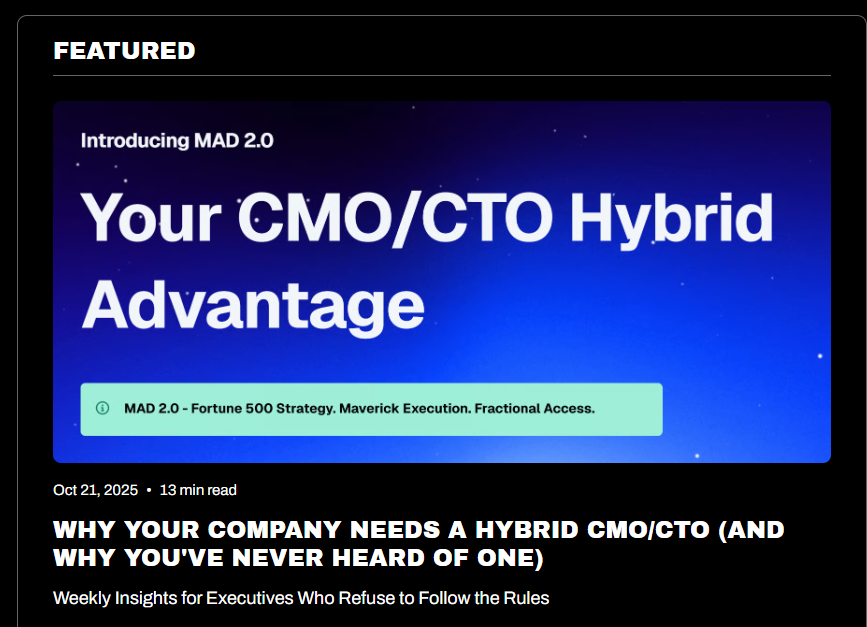



.jpg)

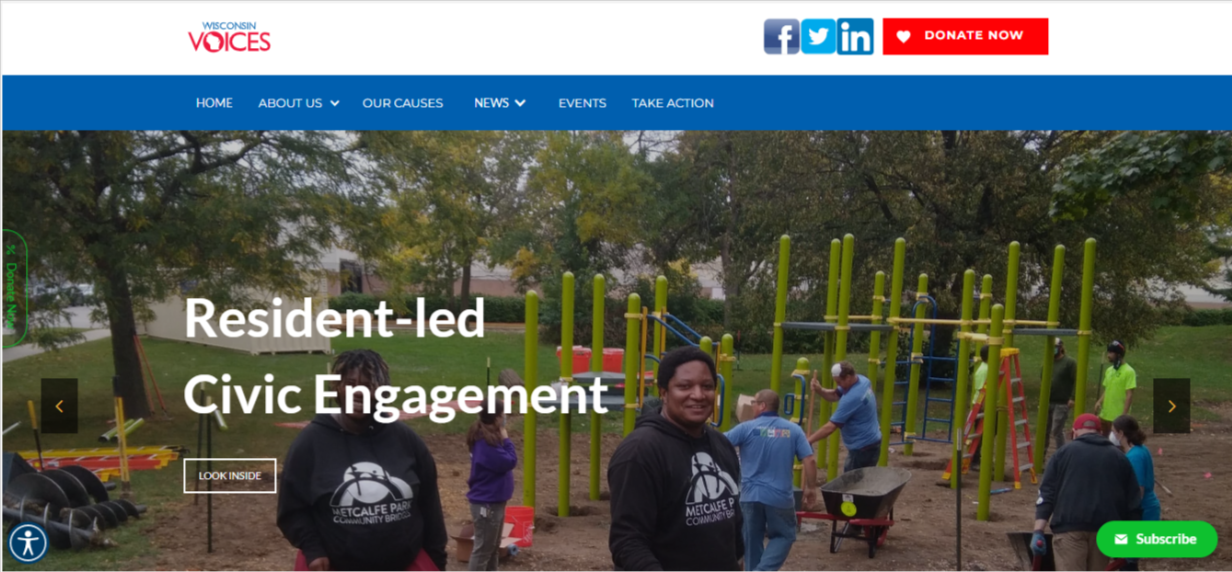

.jpg)





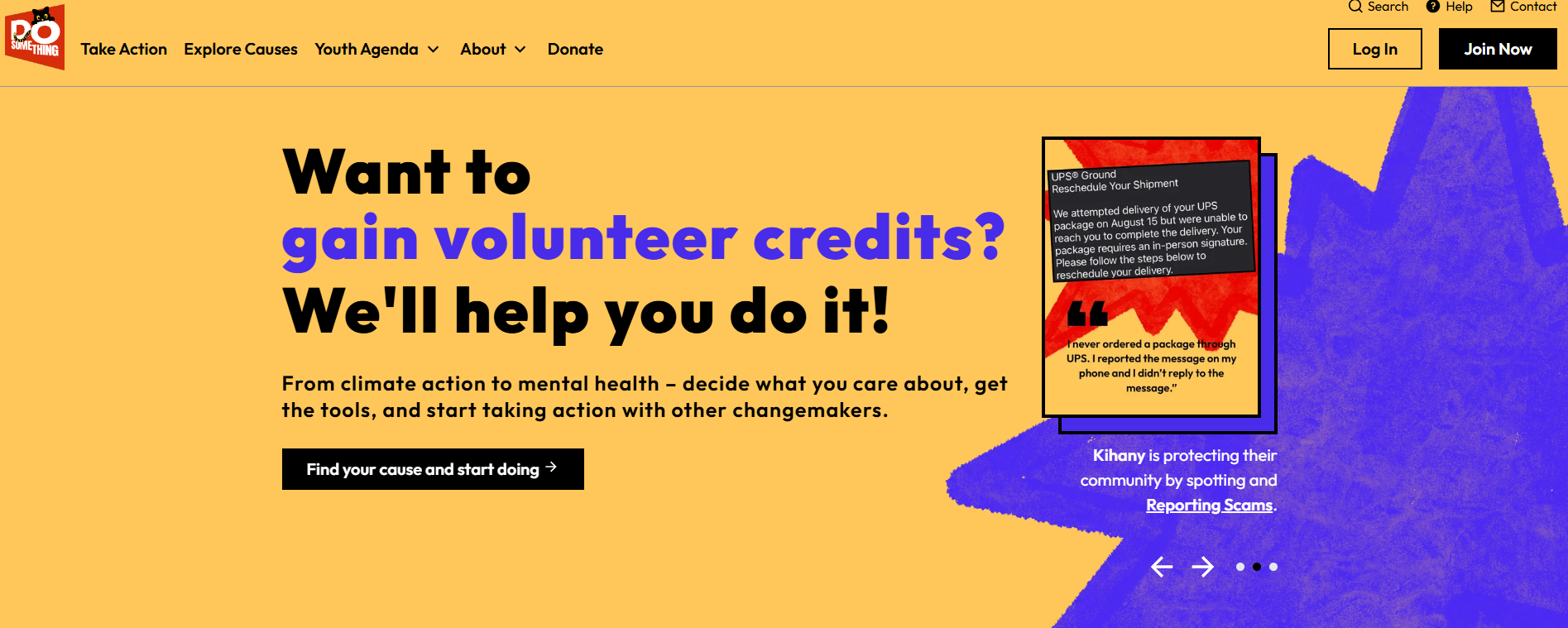





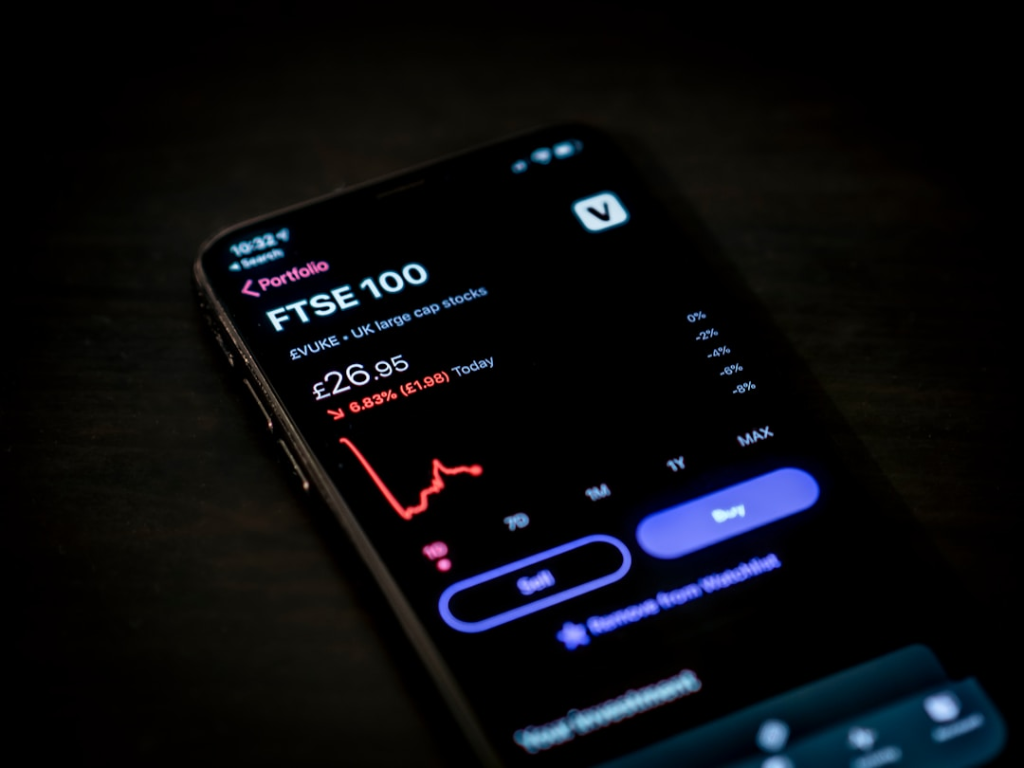
.jpg)


.jpg)
.jpg)

.jpg)


.webp)




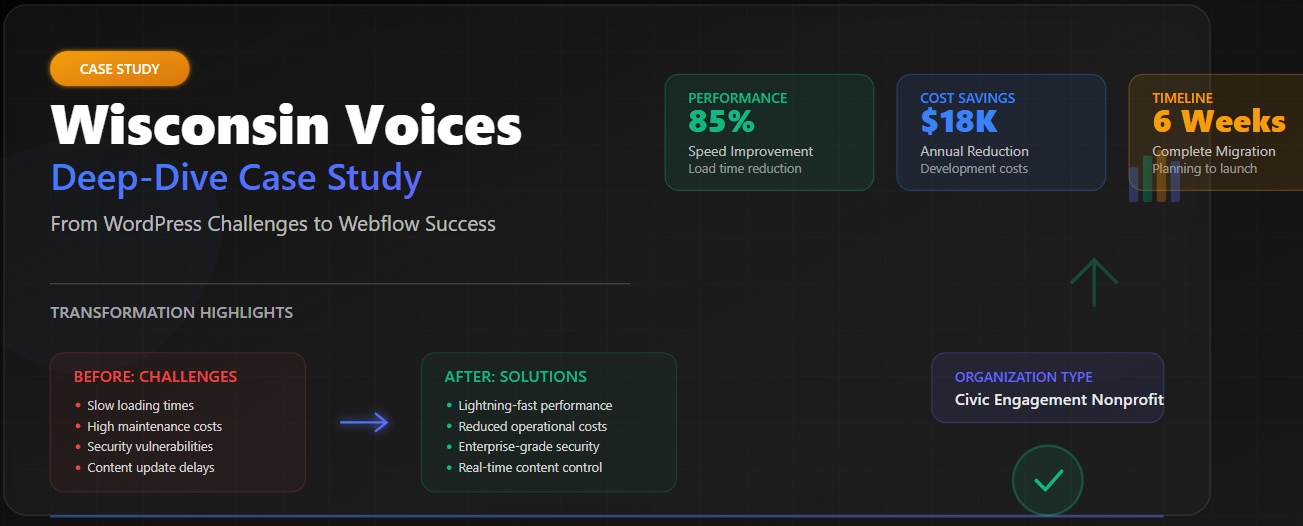
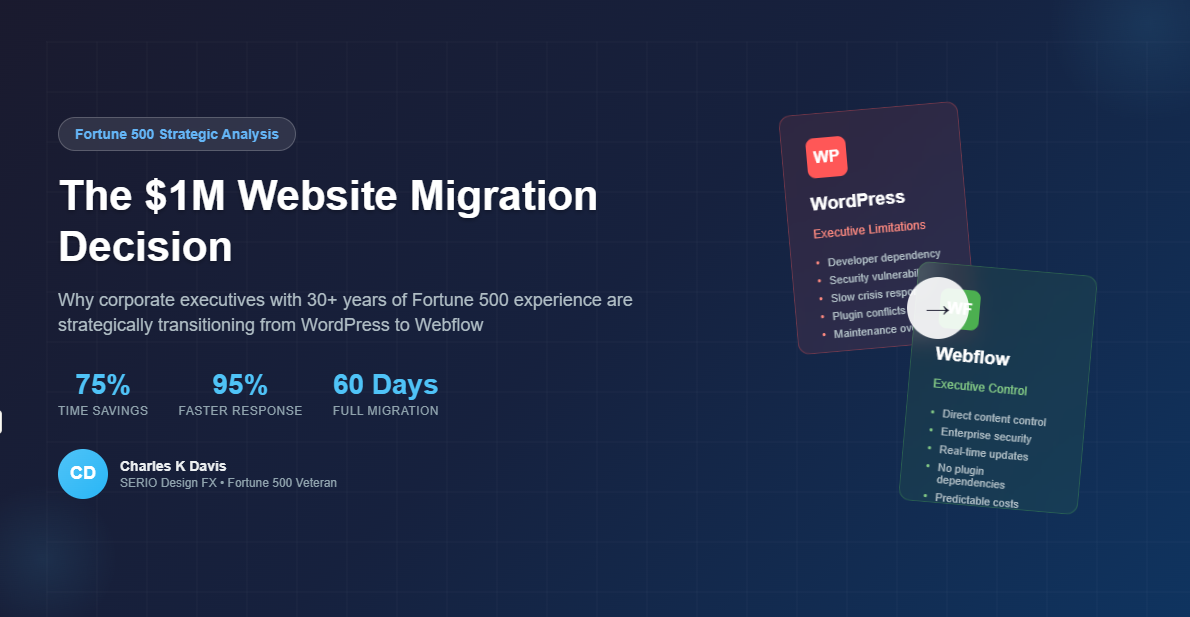
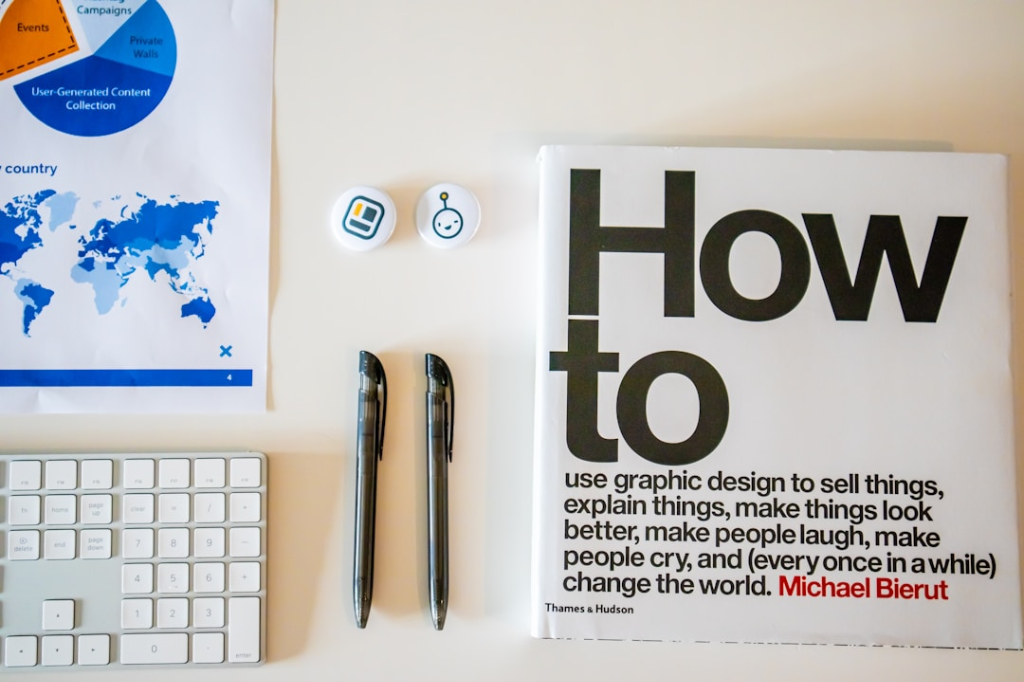











.png)

.png)





.png)





.png)






























